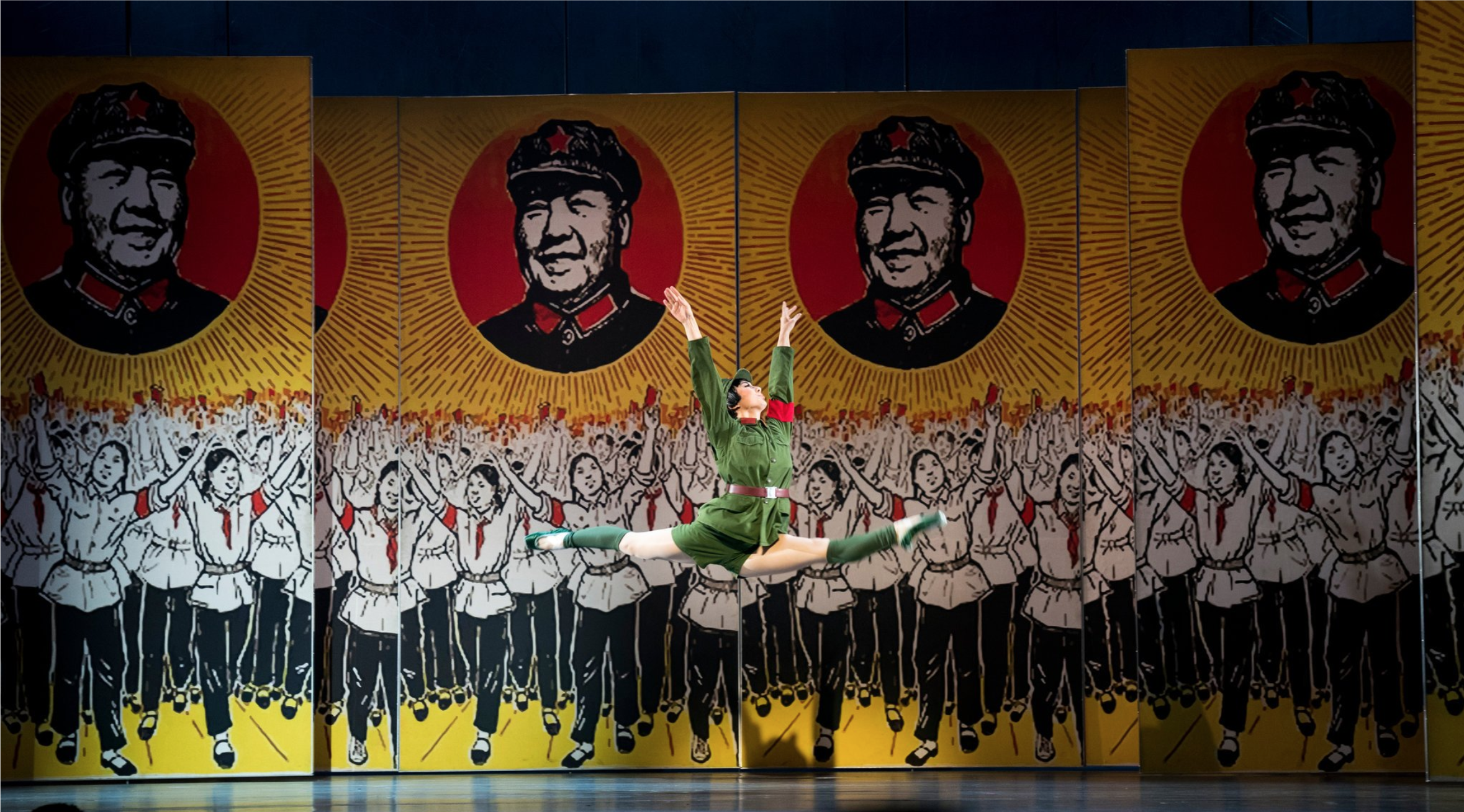By the end of his sophomore year, Adison Chang ’19 was “done” with Stanford.
Burned out from juggling his extracurricular commitments and frustrated by his major requirements, Chang felt like he’d lost sight of his purpose at school.
“I was like, ‘Why am I here? What do I want out of my time here?’”
He took a leave of absence. Over 200 Stanford undergraduates do the same each year, according to Corrie Potter, Associate Vice Provost and director of Stanford Institutional Research.
Students’ reasons for taking time off from the Farm range widely, going far beyond the Stanford stereotype of the computer science major who leaves to work in tech or found a startup. Some take leaves to pursue a once-in-a-lifetime opportunity; some like Chang leave to get distance from the college experience; still others leave because of circumstances beyond their control.
Whatever their reasons for leaving, students whom The Daily spoke to found themselves gaining new perspectives — and coming back to Stanford without regrets.

Realizing a dream
The decision to take time off comes easily to some.
“[It] was kind of a no-brainer for me,” Jessica Fry ’19 said. “When you have the opportunity to perform on Broadway, you don’t miss it.”
Fry, a Physics and Theater and Performance Studies (TAPS) double major, has always been interested in theatre and has danced since she was three years old. She is highly trained in multiple forms of dance including ballet, jazz, contemporary, hip hop and tap, with credentials from renowned dance programs such as The Juilliard School and American Ballet Theatre.
For her first two years at Stanford, Fry was involved in many performing arts groups on campus — from Cardinal Ballet to Urban Styles to Ram’s Head Theatre — on top of her Physics core courses and research. As a consequence, she spent many hours rushing between the physics lab and the ballet studio in order to keep up with both her training and her academic pursuits.
When asked how she had time to juggle all of her extracurriculars on campus, she replied, “I actually have a time turner like Hermione Granger, so that helps out.”
Fry might have continued pursuing both passions on campus, like many Stanford students who are interested in both artistic and academic careers. But in spring quarter of her sophomore year, her agent in New York called her about an opportunity to audition for a role in a Broadway play. She jumped at the chance to fulfill a lifelong dream.
Like Fry, Josh Petersen ’18, a German Studies and Philosophy major, was eager to realize a longtime dream through his leave of absence after receiving a fellowship to study at the University of Freiburg in southern Germany. This particular fellowship had been his goal ever since he attended a BOSP summer seminar there after his freshman year.
“It was the perfect storm of networking and financial opportunities,” Petersen explained. “And after two years here and a little burnout, I figured it was time for me to get away, get out and get a little perspective.”
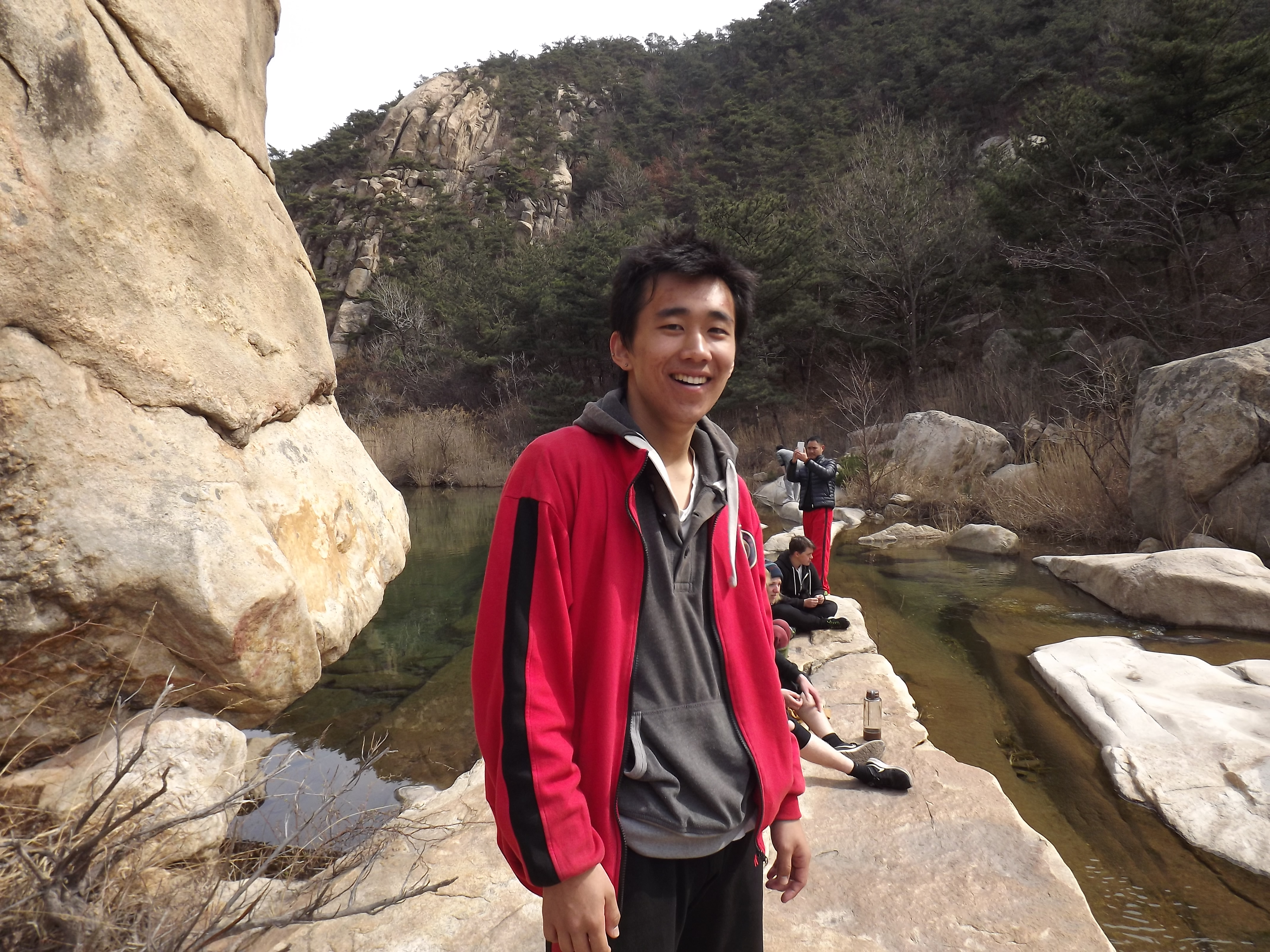
Bursting the Stanford bubble
For other students, the decision process is much less clear-cut.
Chang, who is studying Symbolic Systems (SymSys) and TAPS, just returned from two quarters on leave, during which he studied at a Kung Fu Academy on the Kunyu Mountain in China and then traveled solo through Thailand, Cambodia, Vietnam and Korea.
Chang decided to take time off in part due to academic burnout. Towards the end of his sophomore year, he was taking what he describes as “really lame” and difficult SymSys requirements while also trying to balance his theatre commitments as a member of Stanford Shakespeare Company.
“Since I wasn’t enjoying my SymSys classes, and I knew I wanted to pursue theatre after graduation, I was kinda beginning to lose sight of what I wanted to get out of my education,” Chang said. “SymSys just seemed like I was doing it because it seemed like it would get me a financially stable job, and I didn’t really have any deep love for the subject.”
Chang said his parents understood how confused he felt and were very open to letting him take time off to do something non-academic and garner more life experience. So in winter quarter of last year, after attending Stanford in New York in the fall, Chang packed his bags and moved to a remote mountain village in China’s Shandong Province.
Chang was drawn to the disciplined and rigorous lifestyle practiced at the martial arts academy, which he says was the exact opposite of his schedule at Stanford.
By the end of sophomore year, Chang said, he would miss his morning classes and wake up at 3 p.m. due to the excessive stress from his overwhelming academic and extracurricular commitments. In stark contrast, at the academy, Chang would wake at 6 a.m. everyday for Tai Chi before breakfast. From 8:30 a.m. to 5 p.m., he attended classes in various martial arts practices, ranging from Shaolin-style Kung Fu basics and mountain running fitness to Qigong meditation and Chinese language.
Still other students decide to take a leave of absence in part because they want to make their college experience more intentional.
“I’ve heard that graduating in four years is good for employment,” said Jessica Luo ’19, “because it shows that you’re good at meeting deadlines and being competent in general, but there are other ways to signal that.”
Unlike Chang and many other students, Luo, a SymSys major, never intended to graduate in four years when she started her freshman year at Stanford. In high school, her chemistry teacher and mentor advised her to consider taking time off if she didn’t know what she wanted to do with her time in college by the end of freshman year, and she heeded this advice.
When she was younger, Luo was set on going to art school: A trained visual artist, she focuses mostly on drawing but has also branched out to painting, sculpture and video. Luo explained that in deciding to come to Stanford, she had to relinquish not only this idea of going to art school but also her original, clear idea of what she wanted to do in the future. Because of this, she had difficulty finding academic direction her freshman year.
“With college apps, especially the essay, you are giving an account of yourself, and you have to have a certain kind of certainty about what kind of person you are and what interests you have — and be really sure about that, or otherwise you’re not going to be able to fit into the tiny space they give you,” Luo explained. “I was very conscious of this when I was writing the essays — that I was constructing a persona — but I think I was kind of holding on to it.”
Because she felt tied up to the identity she constructed, she had trouble eliminating options and admitting that some things interested her more than others, Luo added.
“It was really compelling to have this clearly articulated person that I could be,” she said, “except being that person wasn’t really getting me anywhere at Stanford.”
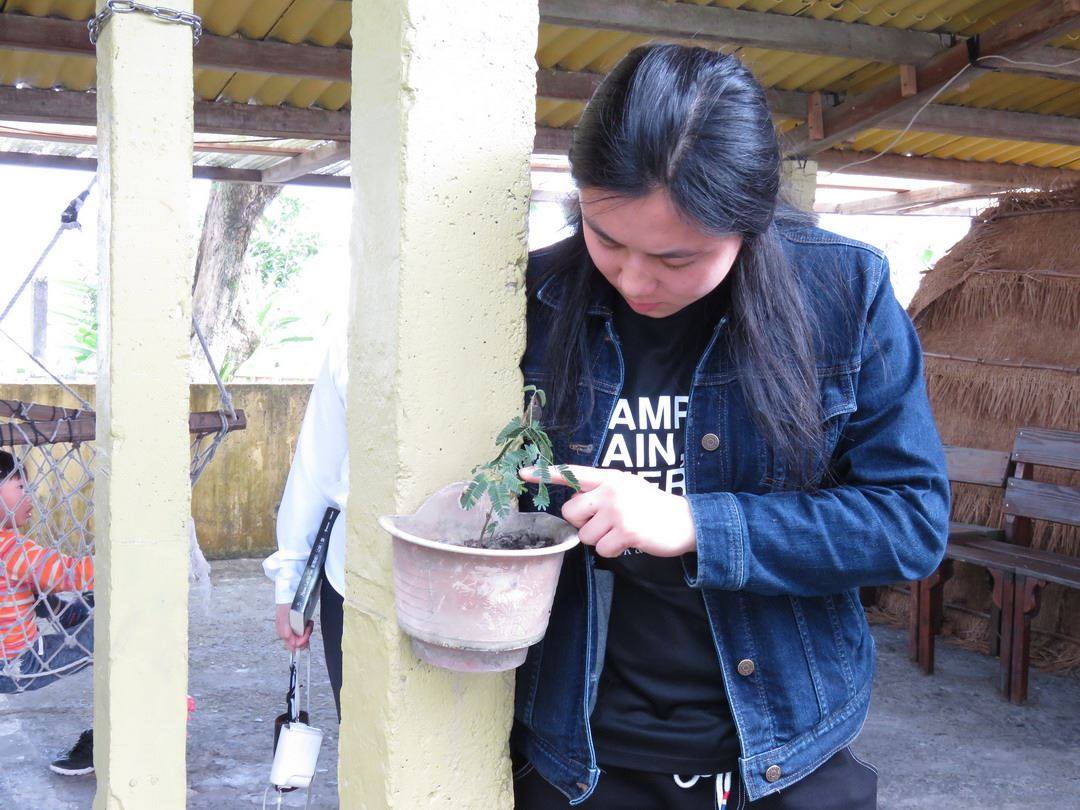
She began thinking of taking a leave of absence just two weeks into fall quarter, after reading a text from a Chinese philosopher in one of her Structured Liberal Arts Education (SLE) core courses and being reminded of her desire to improve her Chinese language skills in college. With the encouragement and support of her parents and mentor, Luo decided to spend fall quarter of her sophomore year in Taipei at the National Taiwan University and winter quarter in Beijing at Peking University learning Chinese.
There are, of course, many other students for whom a leave of absence is less of choice than a necessity due to circumstances beyond their control.
“My decision to take a leave of absence wasn’t a decision at all!” wrote one student, who wishes to remain anonymous given the personal nature of their responses, in an email to The Daily.
“My parents got divorced in June of this year, and the updated financial award I received … was not even close to commensurate with my new level of need,” the student wrote, explaining that Stanford was already a financial stretch for them and that most family expenses doubled with the divorce.
The student went on to say that they decided to take a leave rather than transfer to a less expensive institution in large part because of the support of friends.
“Over the course of this prior year at Stanford, I was pretty miserable,” they continued. “Fall and winter quarter were marked by a continuation of my anxiety and depression, contrary to what every rosy-tinted account of Stanford led me to expect.”
The student said their mental health struggles eventually culminated in larger issues that made life at Stanford increasingly difficult; they spent the summer on campus as a “poly-addict” working to support their drug use.
“During spring quarter, when the campus to me seemed ever more histrionic and detached from how I was feeling, I slipped into severe substance use, to the extent that I began neglecting every responsibility and activity that previously I was sure were inseparable from my identity,” the student said.
Jerry Brower ’20, a Computer Science major from a Native Alaskan whaling community, took time off during winter quarter of his freshman year in order to support his family during a difficult time.
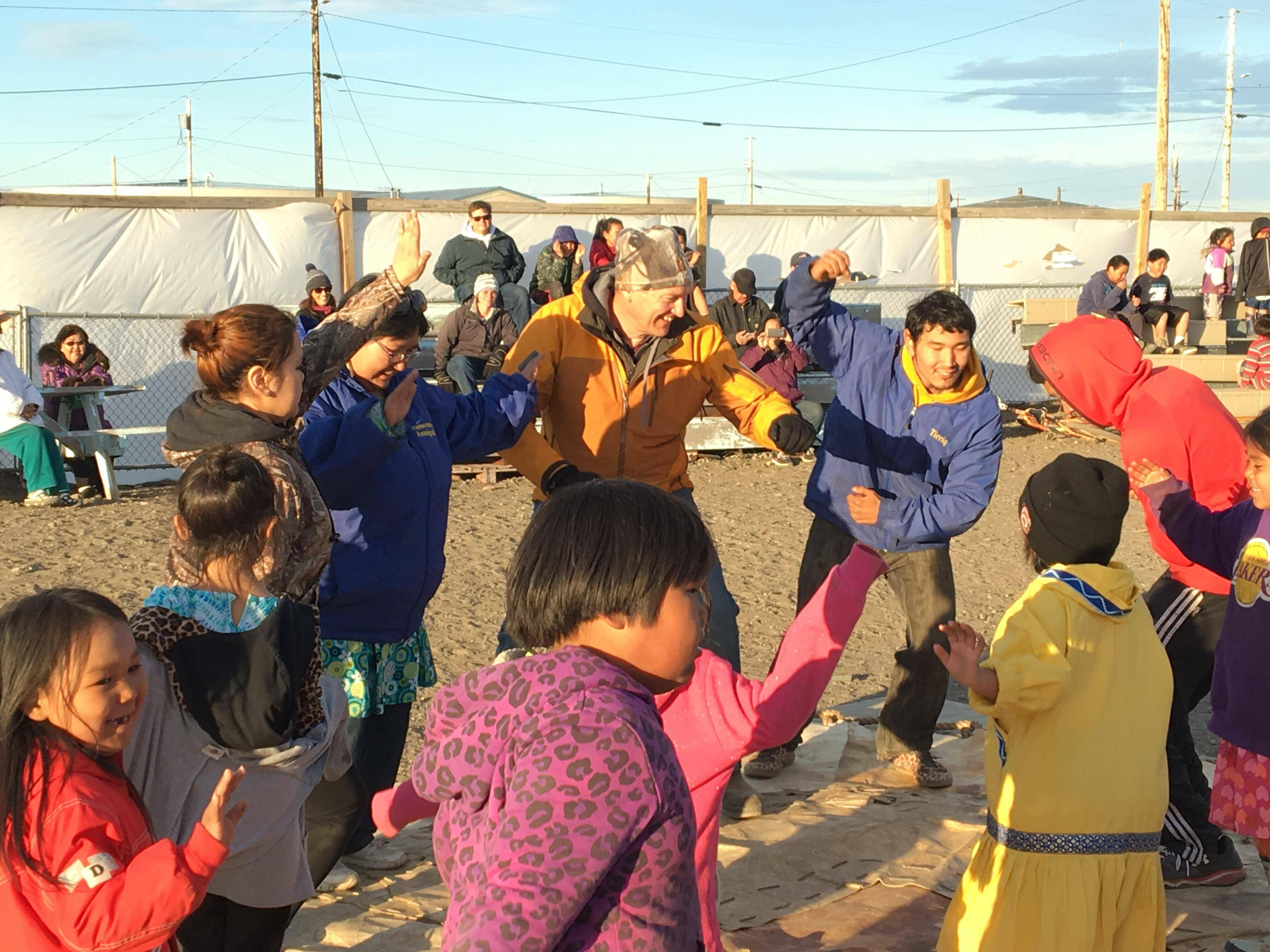
“Over the past few years at boarding school, everytime [my family] needed me, I couldn’t be there because, you know, high school is mandatory,” Brower explained. “My family relies on me to be a father figure for my little nephews … and they want me to be a bigger part of their life and put them on the right track.”
Brower said that he’s always felt this responsibility to care for his family, especially because of the community he comes from. During his freshman year at Stanford, Brower was constantly managing his schoolwork along with the stress of hearing news from home and the desire to be with his family.
“It was always kind of known, always kind of put on me from an early age.” Brower said. “It was always like okay, you’re the only son. Especially from a whaling family it’s a lot of pressure.”
Demystifying the process of taking a leave
After making the difficult decision to take time off, Chang was surprised by how logistically easy it was to go on leave.
“Stanford really wants to let students go do cool things,” Chang said. “It was one sheet of paper, literally.”
To learn more, The Daily spoke with Sally Mentzer, the coordinator of Transfer Advising and the Returning Students Process for Undergraduate Advising and Research, who advises students through both the processes of taking a leave and returning. Contrary to what students may think, the process of requesting a leave of absence is extremely easy, according to Mentzer. Students are only required to meet with their Academic Advisor (AAD) once and then simply fill out a one-page form stating a reason for their request.
Other students such as Luo echoed Chang’s sentiments.
“I didn’t even get the leave of absence form until the day housing closed,” Luo said. “This is just to illustrate how easy it is. I went to my AAD and filled out the form … and gave it back to her in the space of 15 minutes, and then I was on leave.”
Mentzer says that advisers work to support students in whatever way possible. She said the most rewarding part of her job is when students learn about their own individual strengths and focus on maximizing those as opposed to comparing themselves to those around them.
“I’m a proponent of a student making the most of their time here, whether that means four years, or whether they find they need to take time out,” Mentzer said. “I love being part of the process of resilience of students.”
Beyond classroom lessons
After taking the leave of absence, students embarked on journeys taking them miles away from campus, both geographically and ideologically. For most, the experience was both challenging and eye-opening.
Chang described the transition from “Stanford mode” — wherein you have “six different meetings in different parts of campus every day” — to living abroad as profound. For Chang, the experience gave him the opportunity to focus on just one thing at time, instead of doing everything all at once. The shift wasn’t just relaxing; it was perspective-changing.
“Stanford trains you to believe that once you graduate, your only option is to go in to work for a big tech company or other company from nine to five,” Chang said. “It’s a very normalized career path that they make us believe is the only option — at least that’s my experience. And in China, I met people who were like, ‘yeah, I’m just gonna stay at the academy for like a year … until I run out of money.’ It was really cool to meet people whose life trajectory is up in the air, and nothing is set in stone for them.”
While he was studying at the academy, Chang had a 29-year-old roommate from Australia. One day, another student asked his roommate what he was doing with his life, pointedly referencing the fact that he was almost 30 years old and still living out of a backpack with no structured plan for the future.
Chang said it was really powerful to hear his roommate answer: “I’m doing exactly what I want to be doing.”
Luo, too, experienced a perspective shift.
Through her experience studying Chinese language, Luo began to see herself less and less as an inadequate Chinese speaker and more as a Chinese language learner. As a result, Luo said, she was able to actualize the cliché of adopting a “growth mindset” as opposed to a “fixed mindset.”
“I realized that a lot of my frustrations came from expecting myself to be able to do something naturally,” Luo said, “instead of thinking of it as just a skill I hadn’t acquired yet.”
Petersen said that one of the most eye-opening parts of his leave was being in what he dubbed the “foreigner box” for the first time. In his first week in Germany, Petersen visited the immigration office everyday in order to transfer his tourist visa into a student visa. However, due to the influx of people and the incredibly high demand for immigration office services, he was unsuccessful for the first four days. Finally, on the fifth day, he got up at 5 a.m. and was able to get to the line in time to make an appointment for that day.
For some people in line with Petersen, obtaining a visa in a timely manner was far more pressing. One woman was leaving the country to go home and visit her dying mother, but her visa was set to expire while she was gone. If she didn’t get her visa renewed that day, she would have had to choose between seeing her mother before she died or being able to assuredly return to the country where her children live.
“It was jarring beyond an academic sense,” Petersen said. “When we think of mass immigration, we think about people on boats in the Mediterranean; we see all these pictures of people coming in on trains and being greeted in stations — but there’s a more realistic aspect to it of people trying to learn the language and no one being there to teach them, of people trying to get visas legally and not being able to and there not being an infrastructure for them.”
Part of Petersen’s motivation for taking the leave of absence was a sense of wanting to have more responsibility, and this is something he’s confident he gained. When asked why he thinks one can’t learn these “adulting” lessons by staying at Stanford, Petersen said that the “crises” students face in the adult world are more removed at Stanford. And rightly so, he added, but that’s not how the real world works.
“I’m not saying we need to add some more ‘Lord of the Flies’ back into the University,” Petersen joked. “There was just some sense in which I felt ready to be more in the world.”
Peterson said it was empowering to confront the threats and obstacles that riddle real life — and to find that he could make it on his own.
“I got mugged in Poland, got robbed once or twice and pick-pocketed and locked out of my apartment when it was 17 degrees outside, and there were four inches of snow on the ground,” Peterson recalled. “No matter what happened, in the long run it was fine, and I figured it out.”
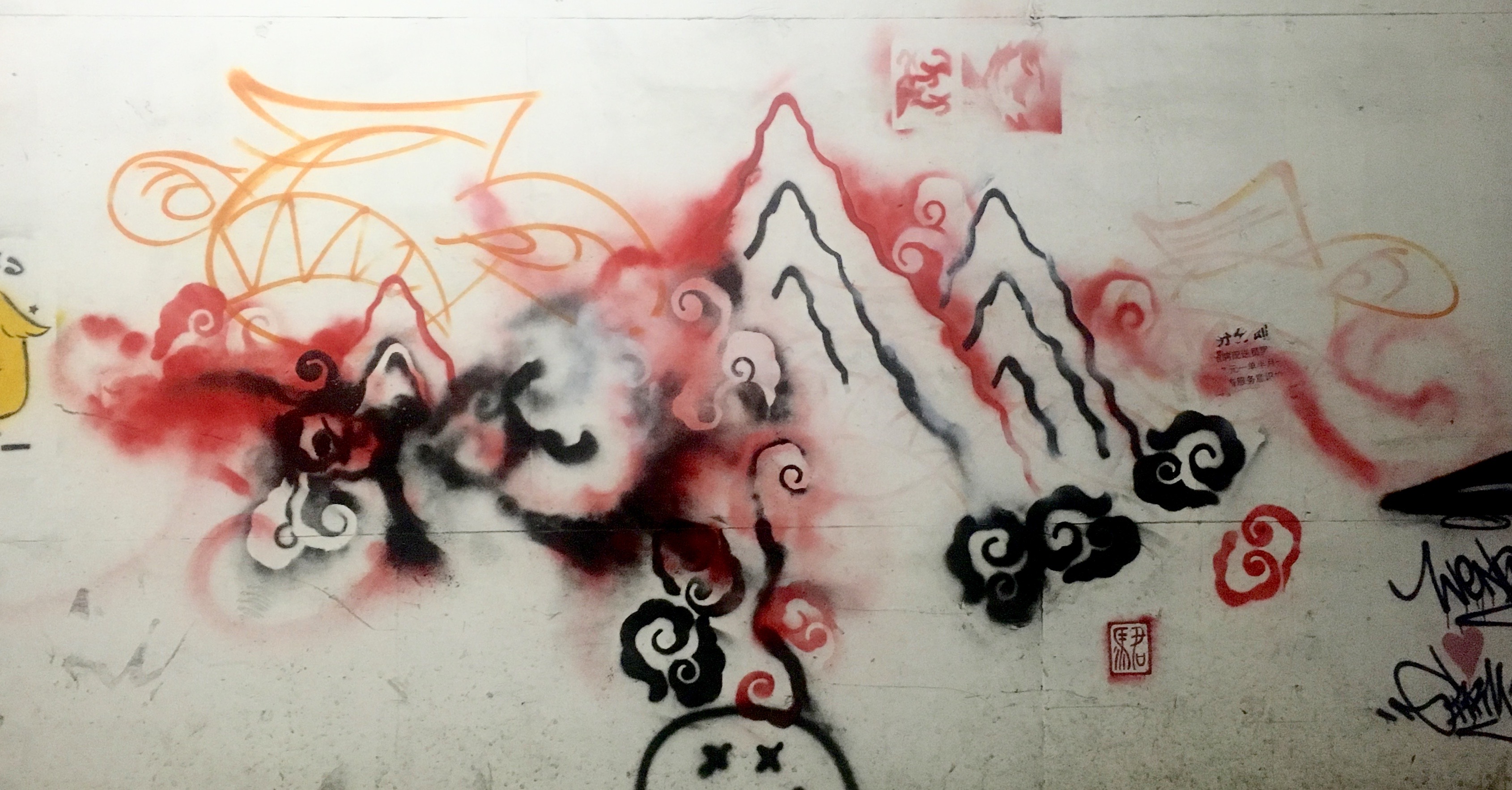
Rare experiences
While it would be hard to return from a leave of absence without a good story or two, few people can say that they shot an attacking polar bear during their time away. But Jerry Brower can.
To support his family, Brower is currently spending a year at home in Nuiqsut, Alaska — a city at the northernmost tip of Alaska with a population of approximately 400 people, mostly members of a Native Alaskan tribe who work as whalers.
One day while out cutting up whale meat with the other hunters, Brower noticed a polar bear waiting nearby and getting increasingly impatient. When it finally charged at the group, Brower was forced to shoot it to save their lives.
Apart from whaling work and family responsibilities, Brower is using his leave to teach, from sharing his hunting and cooking skills with his nephews to leading coding lessons for the local school children.
“I’ve done a lot of stuff at the school,” Brower said, “I went there and talked to the kids about where education could get you. In rural Alaska — middle of nowhere, with 400 to 500 people — there’s not a lot of CS known. So I want to go home and be able to give and hopefully get people interested in [CS], or at the very least, let them have some fun with it.”
Overall, Brower says spending time with his family and being there for the little things like birthdays have been meaningful for him.
“The whole experience in itself was very empowering — I got to solidify what I value and what I hold dear,” Brower said. “And being able to grow as a person from it and take this time off from school — my first break from school in years — being able to step back from it and see it from a different lens, that really makes me miss Stanford all the more.”
While Brower has to shoulder significant responsibility in his family, he does not see it as a burden — to him, family and community have always come first.
“I’ve never thought negatively about it,” Brower said thoughtfully. “Yes, I took time away, but this is my family. I need to take care of them. They’re under my wing. Whatever happens, I’m going to be there.”
In a very different way, taking time off has also allowed Fry to focus on something she loves — dance. Her year away from Stanford was devoted to rehearsing and performing for her Broadway debut.
“This has been a dream for me ever since I was a little girl,” Fry said. “When I was 10, I traveled to New York for a dance competition and saw my first Broadway musical, “A Chorus Line,” and fell in love with it. It’s been my dream ever since then.”
Fry laughingly said that the experience has all felt surreal until recently when she got her first paycheck, which made it real to her that she was a professional dancer and could call herself that.
Another big moment for Fry was walking in to Broadway’s Cort Theatre for the first time and seeing the set, the stage and her name on the dressing room.
“That’s when it finally hit me that this experience was not just something in my dreams,” Fry said.
This summer, Fry also had the opportunity to pursue another, quite different dream of hers: particle physics research. She spent the summer months leading up to her Broadway debut in Geneva, Switzerland researching at the Center for European Nuclear Research.
She explained that at Stanford, she was used to balancing dance and physics; the harder thing for her this past summer was switching from sitting at a desk programming and doing equations all day for 10 weeks to the two-week pre-show period where she was dancing eight hours a day.
Back home to the Farm
For other students, transitioning back to life on campus also brings the fear of losing friends and falling behind in their academic careers compared to their peers.
Petersen explained that he didn’t discuss his leave with his friends beforehand because he had already made up his mind and didn’t want them to influence his decision. Afterwards, however, he says many of his friends were shocked and skeptical.
Petersen pointed out that many people take two quarters abroad during their junior year, and students don’t find that weird — but “up and leaving is considered crazy,” he said. Many of his friends asked if he was nervous about not graduating with other people or losing touch with friends.
“I lied and said ‘No, not at all,’” Petersen said. “But I was. I think the idea of people having a whole year of life without you — well you want to think that you’re an absolutely critical part of your friends’ lives and [they of yours], but their lives will go on without you and vice versa; that’s just how it is.”
Mentzer, who runs a support group for returning students, said that many students come to her with these concerns after taking time off, only to find that their worries are typically quickly assuaged.
For Chang, re-joining the Stanford community was easier than he anticipated, but he said that transition was eased by his summer work for Stanford repertory theatre, where he reconnected with many of his friends from the Stanford Shakespeare Company.
Both Luo and Chang said that their friends tended to tread carefully around the topic, even though taking time off wasn’t exactly stigmatized.
“The only reason I have to believe that there’s a social stigma is how careful people have been to express their supportiveness very obviously,” Luo said. “They’ve been very deliberate in saying this is a good thing, not saying quite as clearly ‘I don’t think badly of you for it,’ but a lot of people think I might be insecure about it.”
The anonymous student echoed Luo in their email to The Daily.
“I could tell from the ubiquitously gloomy tone of [friends] responses that they considered my taking an LOA as more of an abnormal setback as opposed to a genuinely good thing,” they wrote. “But I can’t blame them; a few months ago I thought the same way.”
Chang said that there is a sort of mystery to the idea of taking time off, since people do it for such disparate reasons. Many students avoid the topic altogether as a result, he observed.
Fry, on the other hand, said her friends were very supportive of her decision, which she attributes to Stanford’s interdisciplinary culture.
“One thing I love about Stanford is its encouragement of interdisciplinary pursuits — everyone at Stanford does so many things.” Fry said. “It didn’t feel super unusual to spend hours in the studio and then hours in the lab. That two-sided thinking is very encouraged, and that’s one of the things that drew me to the school.”
Brower said his friends and dorm staff, especially his freshman RA, were there for him throughout the process, from his initial decision to leave to his time away from Stanford. He recalls many people taking the time to talk through his situation with him and updating him regularly via email till today.
“Their main focus was making sure that you were gonna be okay before coming back,” said Brower. “In the short time [I was at Stanford], I connected with a lot of people… I’ve been keeping in contact with everybody, and they still say that they miss me. I feel like my friends are still there for me, and they’re definitely waiting for me to get back.”

Approaching Stanford anew
Momentary anxieties aside, if he were to repeat his Stanford experience, Peterson said he would definitely take a leave of absence again.
“I might even take another one and be Class of 2020,” He said with a laugh. “I don’t buy into the four-year plan. I think people are at different maturity levels and in different places. I don’t think [the four-year structure] has to be for everyone … and [none of my friends who took leaves] have ever been like, ‘I wish I had that year back.’”
Chang agreed with Peterson, commenting that his time away expanded his horizons and gave him time to think deeply about how he wants to approach his education.
Each student The Daily spoke with views Stanford in a different light after spending some time away.
“I still see it as this magical place where opportunities are made,” Brower said. “But looking back at it, I look at it from a sentimental point of view that makes it look even more magical with the sunshine all the time … and I tell the story from a different point of view — from a storyteller’s point of view.’”
Fry shares his nostalgia for the University and the people that comprise it.
“I’ve come to appreciate the intellectual vitality of Stanford’s campus,” Fry said, “[and] those late-night conversations in dorms about very philosophical concepts. It’s rarer to find those things in a work environment, outside of the university setting. That’s something I’ve learned that I really do value.”
Mentzer says many of the returning students she advises express similar feelings of newfound appreciation and also become more intentional in their approach to college in general.
“I can’t remember anyone being dissatisfied that they took a leave, and I think many of them appreciate Stanford more when they return,” Mentzer said. “And many also change their [academic] focus … [after realizing] ‘oh, I go to a liberal arts school, and maybe I’m being a little narrow in my major,’ so they add in some other kinds of classes to be more balanced.”
Mentzer also commented that many students feel better equipped to make friends and participate in the Stanford community after returning.
Now that he has returned to campus, Chang feels that the experiences he had on his leave have influenced the way he sees Stanford.
“[At Stanford] I was largely surrounded by people of a certain socio-economic background,” Chang said. “Abroad I met people from all different backgrounds, which really put Stanford as a special bubble into perspective a little more.”
His leave of absence also changed his attitude towards his academics.
“At the end of my sophomore year, I was just taking classes just to take them… I wasn’t putting much thought or effort into what I was taking or how I would take them,” Chang said. “But now I feel more intentional about the way I’m approaching my schoolwork.”
For students who were feeling disenchanted or burned out, taking time off gave them new perspective on Stanford and on themselves.
“So, while technically I took an LOA to work and save to be able to return, I also took it to rehabilitate myself and rediscover the person whose attributes got me to Stanford in the first place,” the anonymous student wrote. “I’ve been clean of all substance use since taking it, and I’m on track to get a very decent-paying job in my local tech industry.”
For Luo, her time in China was a time of personal growth as well as academic growth. Having to focus solely on learning Chinese while abroad helped her to develop better study skills, but above all, Luo says the experience has shown her what she wants out of the rest of her Stanford experience.
Because she was spending so much of her time during her leave studying, which could be isolating at times, Luo began to realize that when she returned to campus, she wanted to prioritize building stronger relationships. The process of language learning also led Luo gradually to Symbolic Systems and Comparative Literature.
“Because I grew up in a place that doesn’t emphasize humanities education in the same way, I don’t have that kind of skill, but because of that I’ll try to develop it through studying Comparative Literature,” Luo said. “Before it seemed to me that it was a certain type of person that I wasn’t.”
Luo’s break from Stanford freed her from viewing school as stress-inducing and pressure-filled and opened her to a new approach to her education.
“I have spent more time doing acquiring things to be curious about,” Luo said.
While the decision to leave can be difficult and sometimes less than voluntary, each student The Daily spoke to described their time away as a period of growth — and, at times, healing.
“I’m happier than I ever was while [at Stanford], and I’ll return to campus a rehabilitated and strengthened individual,” wrote the anonymous student.
Contact Ellie Bowen at ebowen ‘at’ stanford.edu.
